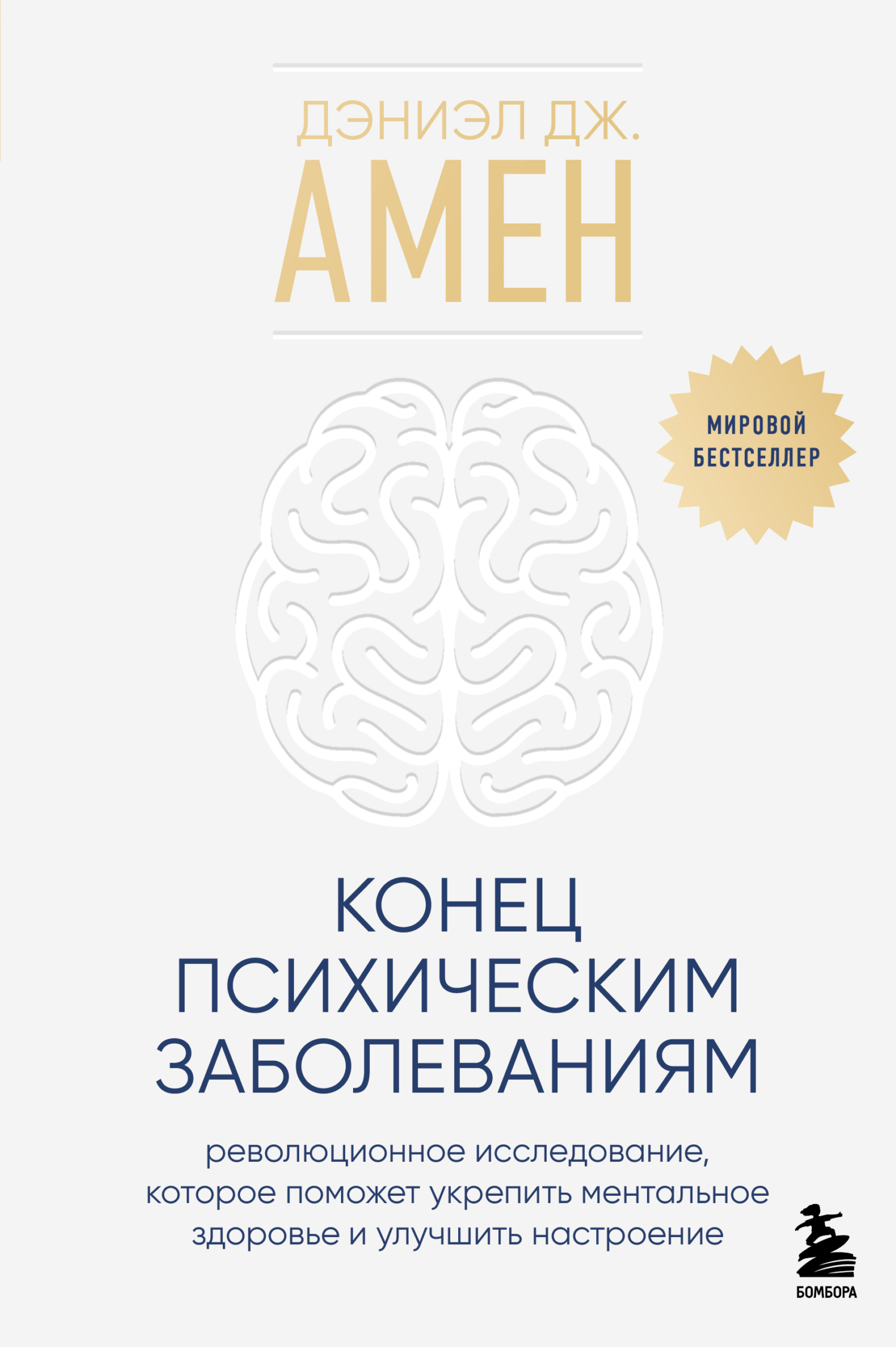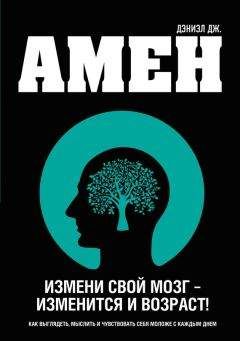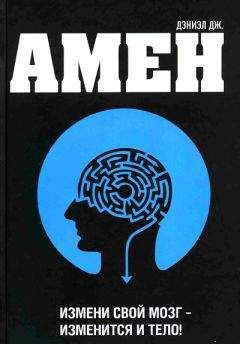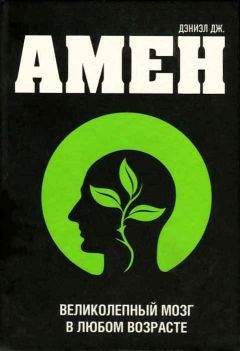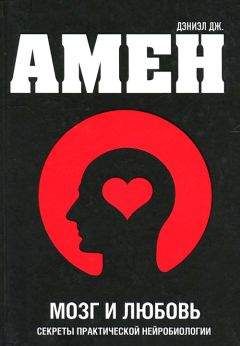Record Numbers,” National Institute on Drug Abuse, December 17, 2018, https://www.drugabuse.gov/news-events/news-releases/2018/12/teens-using-vaping-devices-in-record-numbers.
“Surgeon General’s Advisory on E-cigarette Use among Youth,” Office of the US Surgeon General, 2018, https://e-cigarettes.surgeongeneral.gov/documents/surgeon-generals – advisory-on-e-cigarette-use-among-youth-2018.pdf.
Amen, Memory Rescue, 152.
Amen, Memory Rescue, 152-53.
James S. Brown Jr., “Introduction: An Update on Psychiatric Effects of Toxic Exposures,” Psychiatric Times 33, no. 9 (October 1, 2016).
Amanda Habermann, “Lead Poisoning’s Harmful Impact on Physical and Mental Health,” Sovereign Health, February 20, 2016, https://www.sovhealth.com/health-and-wellness /lead-poisonings-harmful-impact-on-physical-and-mental-health/.
Brown, “Update on Psychiatric Effects of Toxic Exposures.”
Maryse F. Bouchard et al., “Blood Lead Levels and Major Depressive Disorder, Panic Disorder, and Generalized Anxiety Disorder in US Young Adults,” Archives of General Psychiatry 66, no. 12 (December 2009): 1313-19.
“Don’t Pucker Up,” Campaign for Safe Cosmetics.
Sa Liu, Sally Katharine Hammond, and Ann Rojas-Cheatham, “Concentrations and Potential Health Risks of Metals in Lip Products,” Environmental Health Perspectives 121, no. 6 (June 2013): 705-10.
Amen, Memory Rescue, 153.
Edward A. Bittner, Yun Yue, and Zhongcong Xie, “Brief Review: Anesthetic Neurotoxicity in the Elderly, Cognitive Dysfunction and Alzheimer’s Disease,” Canadian Journal of Anesthesia 58, no. 2 (February 2011): 216-23. Chia-Wen Chen et al., “Increased Risk of Dementia in People with Previous Exposure to General Anesthesia: A Nationwide Population-Based Case-Control Study,” Alzheimer’s and Dementia 10, no. 2 (March 2014): 196–204.
Barynia Backeljauw et al., “Cognition and Brain Structure following Early Childhood Surgery with Anesthesia,” Pediatrics 136, no. 1 (July 2015): e1-12.
Ефимова Н.Ю. и др. Изменение мозгового кровотока и когнитивной функции у больных, перенесших операцию коронарного шунтирования в условиях искусственного кровообращения. Кардиология 55, № 6 (Июнь, 2015): 40–46.
University of Rochester Medical Center, “Chemotherapy’s Damage to the Brain Detailed,” ScienceDaily, April 22, 2008, https://www.sciencedaily.com/releases/2008/04/080422103947.htm.
Harley, “Health Costs of Beauty”.
A. Guttmann, “Advertising Spending in the Perfumes, Cosmetics, and Other Toilet Preparations Industry in the United States from 2010 to 2019 (in Million U.S. Dollars),” Statista, last edited November 29, 2018, https://www.statista.com/statistics/470467/perfumes-cosmetics-and-other-toilet-preparations-industry-ad-spend-usa/.
Stacy Malkan, “Johnson & Johnson Is Just the Tip of the Toxic Iceberg,” Time, March 2, 2016, https://time.com/4239561/johnson-and-johnson-toxic-ingredients/.
Duke University, “Children Carry Evidence of Toxins from Home Flooring and Furniture,” EurekAlert! American Association for the Advancement of Science (Heather M. Stapleton et al., “Children’s Exposure to Chemicals Emitted from the Home Environment,” presented at AAAS annual meeting, February 17, 2019), https://eurekalert.org/pub_releases/2019-02/du-cce021419.php.
Joseph Pizzorno, The Toxin Solution: How Hidden Poisons in the Air, Water, Food, and Products We Use Are Destroying Our Health – And What We Can Do to Fix It (New York: HarperOne, 2018).
Petra M. Gaum et al., “Prevalence and Incidence Rates of Mental Syndromes after Occupational Exposure to Polychlorinated Biphenyls,” International Journal of Hygiene and Environmental Health 217, no. 7 (May 27, 2014): 765-74.
Dongren Yang et al., “Developmental Exposure to Polychlorinated Biphenyls Interferes with Experience-Dependent Dendritic Plasticity and Ryanodine Receptor Expression in Weanling Rats,” Environmental Health Perspectives 117, no. 3 (March 2009): 426-35. Montserrat Samsó et al., “Coordinated Movement of Cytoplasmic and Transmembrane Domains of RyR1 upon Gating,” PLOS Biology 7, no. 4 (April 2009): e1000085.
Lynda Ann Frassetto, Ralph Curtis Morris Jr., and Antonio Sebastian, “Effect of Age on Blood Acid-Base Composition in Adult Humans: Role of Age-Related Renal Functional Decline,” American Journal of Physiology – Renal Physiology 271, no. 6 (December 1996): F1114-22.
Alena Hall, “What Happened after One Family Went Organic for Just Two Weeks,” HuffPost Life, May 14, 2015, https://www.huffpost.com/entry/the-organic-effect_n _7244000.
Cynthia L. Curl, Richard A. Fenske, and Kai Elgethun, “Organophosphorus Pesticide Exposure of Urban and Suburban Preschool Children with Organic and Conventional Diets,” Environmental Health Perspectives 111, no. 3 (March 2003): 377-82.
Wahyu Wulaningsih et al., “Investigating Nutrition and Lifestyle Factors as Determinants of Abdominal Obesity: An Environment-Wide Study,” International Journal of Obesity 41, no. 2 (February 2017): 340-47.
Sharon P. G. Fowler, “Low-Calorie Sweetener Use and Energy Balance: Results from Experimental Studies in Animals, and Large-Scale Prospective Studies in Humans,” Physiology and Behavior 164, part B (October 1, 2016): 517-23.
Moreno Paolini et al., “Aspartame, a Bittersweet Pill,” Carcinogenesis 38, no. 12 (December 2017): 1249-50. Morando Soffritti et al., “The Carcinogenic Effects of Aspartame: The Urgent Need for Regulatory Re-evaluation,” American Journal of Industrial Medicine 57, no. 4 (April 2014): 383-97.73. Jodi E. Nettleton, Raylene A. Reimer, and Jane Shearer, “Reshaping the Gut Microbiota: Impact of Low Calorie Sweeteners and the Link to Insulin Resistance?” Physiology and Behavior 164, part B (October 1, 2016): 488-93. Jotham Suez et al., “Artificial Sweeteners Induce Glucose Intolerance by Altering the Gut Microbiota,” Nature 514, no. 7521 (October 9, 2014): 181–86.
Amen, Memory Rescue, 160.
Там же, 160-61.
Sarah Yang, “Teen Girls See Big Drop in Chemical Exposure with Switch in Cosmetics,” Berkeley News, March 7, 2016, https://news.berkeley.edu/2016/03/07/ cosmetics-chemicals/.
Dana Edwin King, Arch G. Mainous, and Carol A. Lambourne, “Trends in Dietary Fiber Intake
